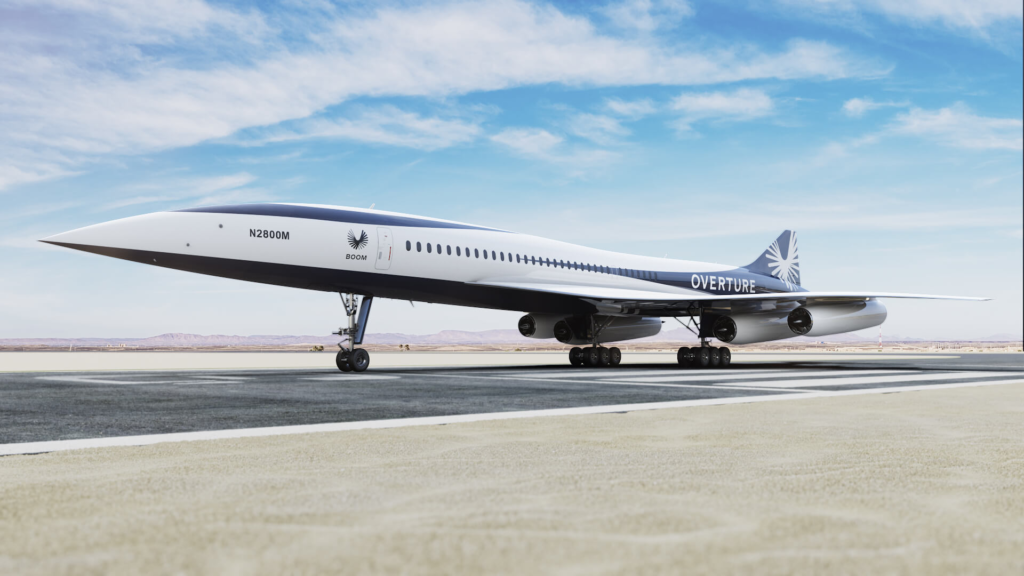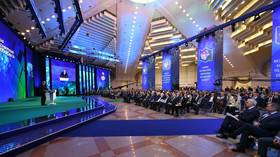
WASHINGTON- The United States (US) has officially ended its decades-long ban on supersonic commercial flight over land. On June 6, 2025, President Donald Trump signed an executive order instructing the Federal Aviation Administration (FAA) to reverse the 1973 rule that prohibited such flights.
This major policy shift supports the resurgence of high-speed aviation, especially benefiting Boom Supersonic, whose Overture aircraft is under development. The decision potentially enables faster U.S. routes, such as New York (JFK) to Los Angeles (LAX), without sonic boom restrictions.
 Photo: NASA
Photo: NASATrump Lifts Ban on Supersonic Flights
The original 1973 regulation banned civilian aircraft from flying faster than the speed of sound over land due to the disruptive effects of sonic booms.
Military jets were the only exception, and even they faced geographic restrictions. With recent advances in aerospace engineering, acoustic dampening, and materials science, President Trump’s executive order claims that the policy is now outdated.
The order states:
“For more than 50 years, outdated and overly restrictive regulations have grounded the promise of supersonic flight… Advances now make supersonic flight not just possible, but safe, sustainable, and commercially viable.”
The directive aligns with a bill introduced in May 2025 by Republican lawmakers, which proposed allowing supersonic flights provided no audible boom reaches the ground.
The justification was framed around competitiveness, especially against China’s COMAC, which is developing the supersonic C949.
 Photo: Boom Supersonic
Photo: Boom Supersonic Benefits for Boom Supersonic
Boom Supersonic, based in Colorado, is currently leading U.S. commercial efforts to revive supersonic passenger travel. Its flagship model, the Boom Overture, aims to fly at Mach 1.7 and carry 64 to 80 passengers in an all-business-class configuration.
The Overture has already seen early interest from carriers, but this regulatory shift is crucial for real-world viability.
The rule change allows Boom to design routes like San Francisco (SFO) to New York (JFK) without diverting over ocean paths. This is essential for making its business model work, as domestic time-saving is key to customer appeal and airline adoption.
However, major hurdles remain:
- Financial: Billions in funding are required for design, manufacturing, and certification.
- Technical: Supersonic engines, acoustic management, and FAA certification still pose major challenges.
- Commercial: The economics of operating all-premium jets remain uncertain, and airlines risk cannibalizing premium revenue from existing long-haul jets.
 Photo: Boom Supersonic
Photo: Boom SupersonicA New Era of High-Speed Aviation?
Allowing supersonic flight over U.S. land opens the door for coast-to-coast routes, but success will depend on how well developers control costs and noise.
Whether such flights become viable for airlines depends on further breakthroughs in engineering and sustainable business models.
While Boom is the most prominent player, this shift may also attract other manufacturers and startups into the high-speed aviation market. Nonetheless, the aircraft industry’s high barriers to entry mean success is far from guaranteed.
Implementation of Framework
The order emphasizes that all reforms will be implemented in accordance with existing laws and funding limitations.
It clarifies that it does not grant new legal rights or mandates to private parties but sets a clear policy direction to support commercial supersonic aviation.
Costs for publishing and administering the new rulemaking process will be covered by the FAA, ensuring immediate progress without additional legislative burden.
Stay tuned with us. Further, follow us on social media for the latest updates.
Join us on Telegram Group for the Latest Aviation Updates. Subsequently, follow us on Google News
China Unveils COMAC C949: A Long-Range Supersonic Jet to Rival Concorde
The post Trump Lifts 52-Year Long Ban on Supersonic Flights in the US appeared first on Aviation A2Z.


















